Sometimes we wave, and they wave back. Sometimes they take a photo. And sometimes people walking past will hang around the gate, curious about the site and what we are doing there. Often a member of the team will go over and have a brief chat – public archaeology and engagement unfolds quite naturally without a formal plan, and the curious visitor leaves satisfied and wishing us well, both interested and surprised that so many of us are volunteers, most of us Australians, from halfway across the world.
Paradoxically, I suspect it is that very distance from Europe that draws so many contemporary Australians to the history and culture of Europe. Because while people from all over the world have migrated to Australia since 1788; under British rule, and particularly under the White Australia Policy (which was in force from around 1901 to 1966) the vast majority of migrants were ethnically and culturally European. Their 21st century descendants are Australian citizens who cannot return for good - to the land of their forebears - without dual citizenship or permanent residency….. perhaps a parent or grandparent who was born overseas….
In contrast, the majority of tourists and foreigners in Cyprus are EU citizens from the UK and Russia/Eastern Europe – here primarily to soak up the sunshine they don’t get enough of back home. And it strikes me that given these differences, it is strangely appropriate that we are looking at each other, curiously, from both sides of the fence. And that it is the mostly Australian volunteers and archaeologists that are on display in this particular exhibit.
- Geraldine Higginson
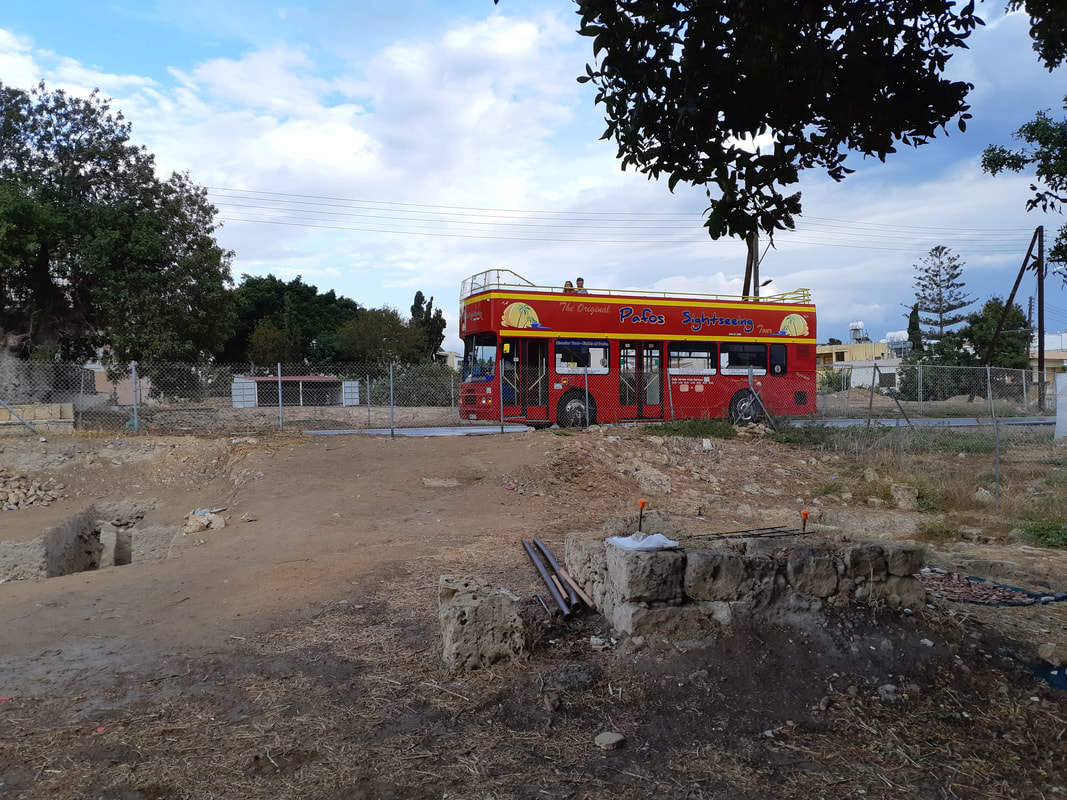
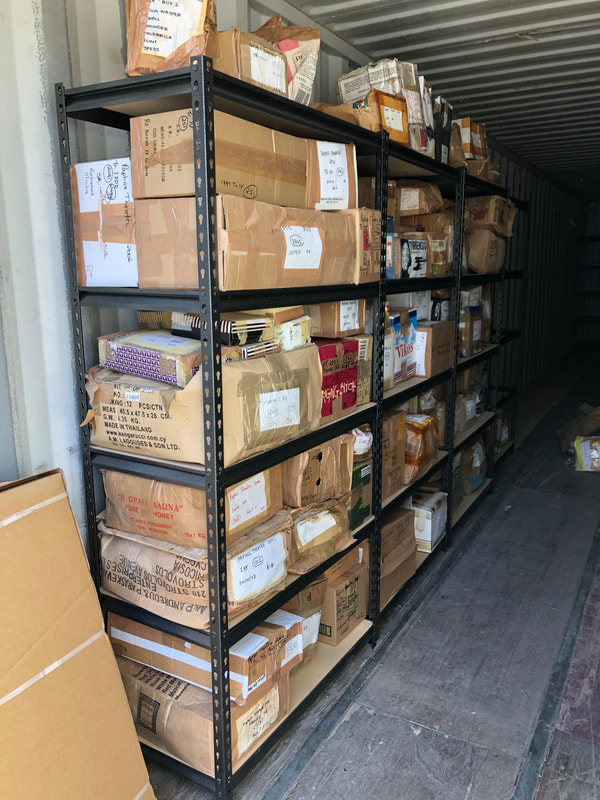
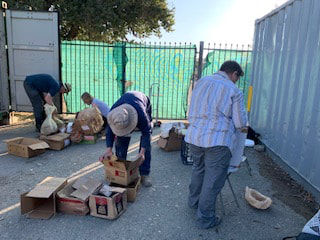
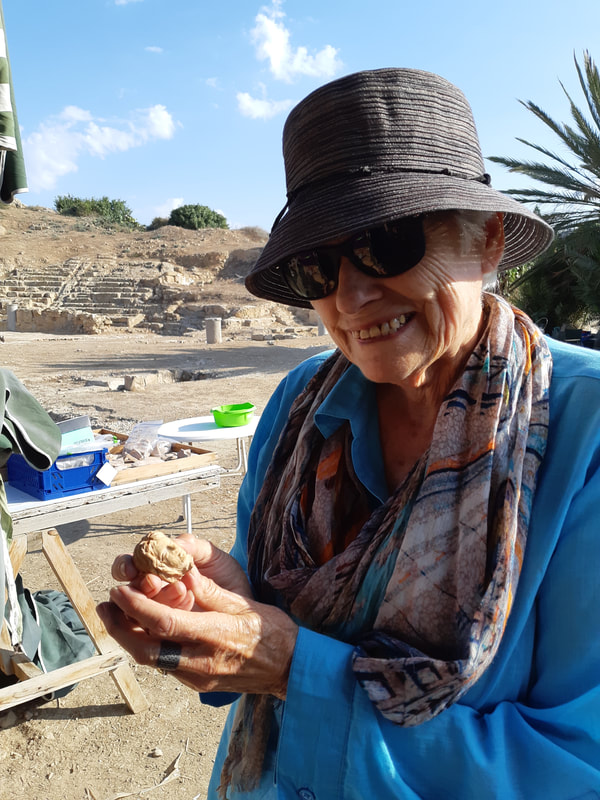
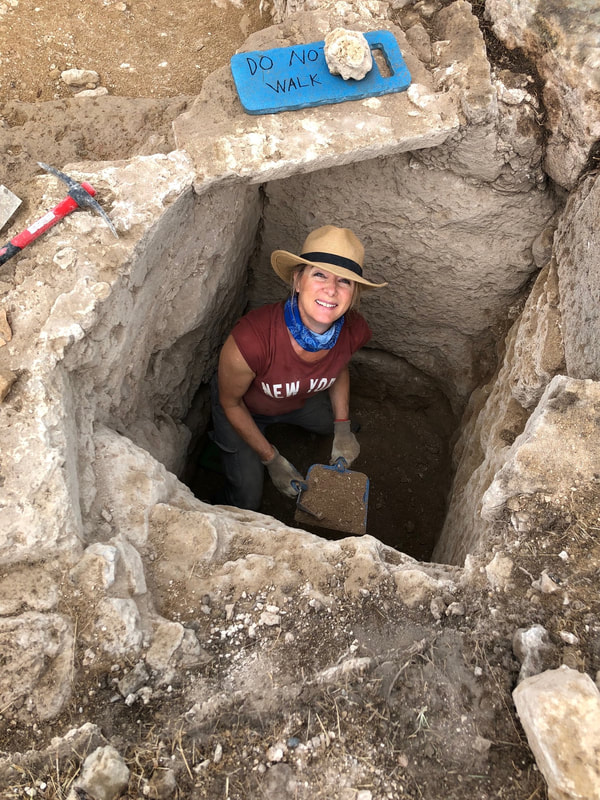
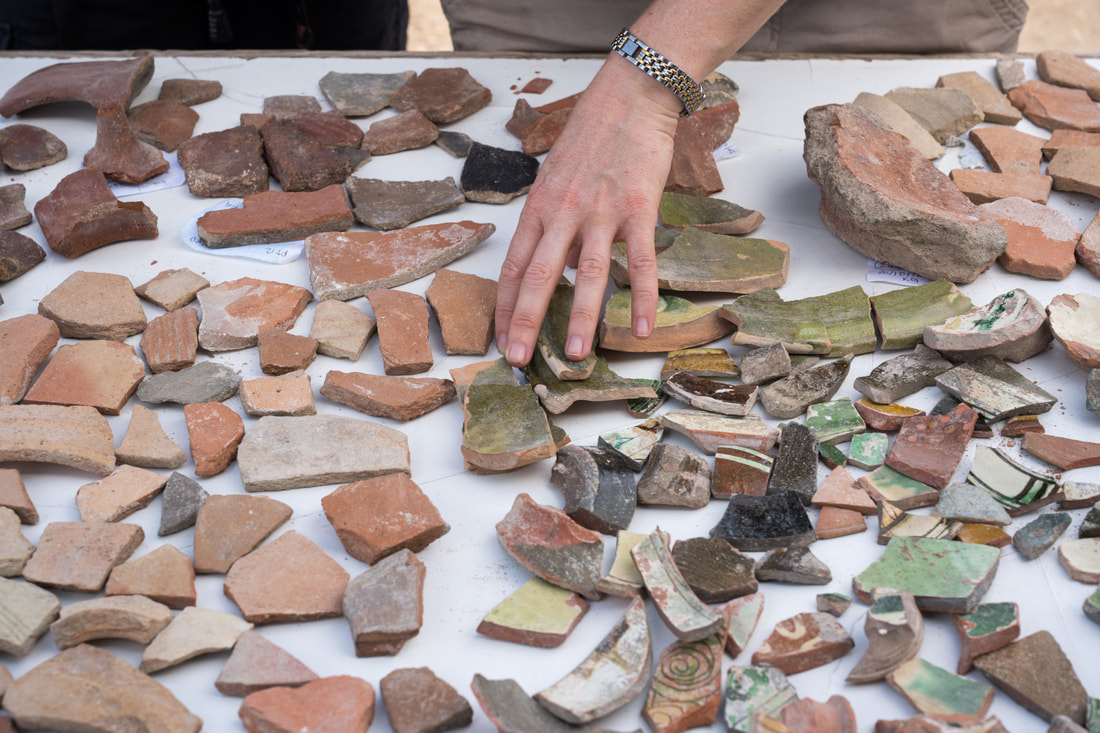
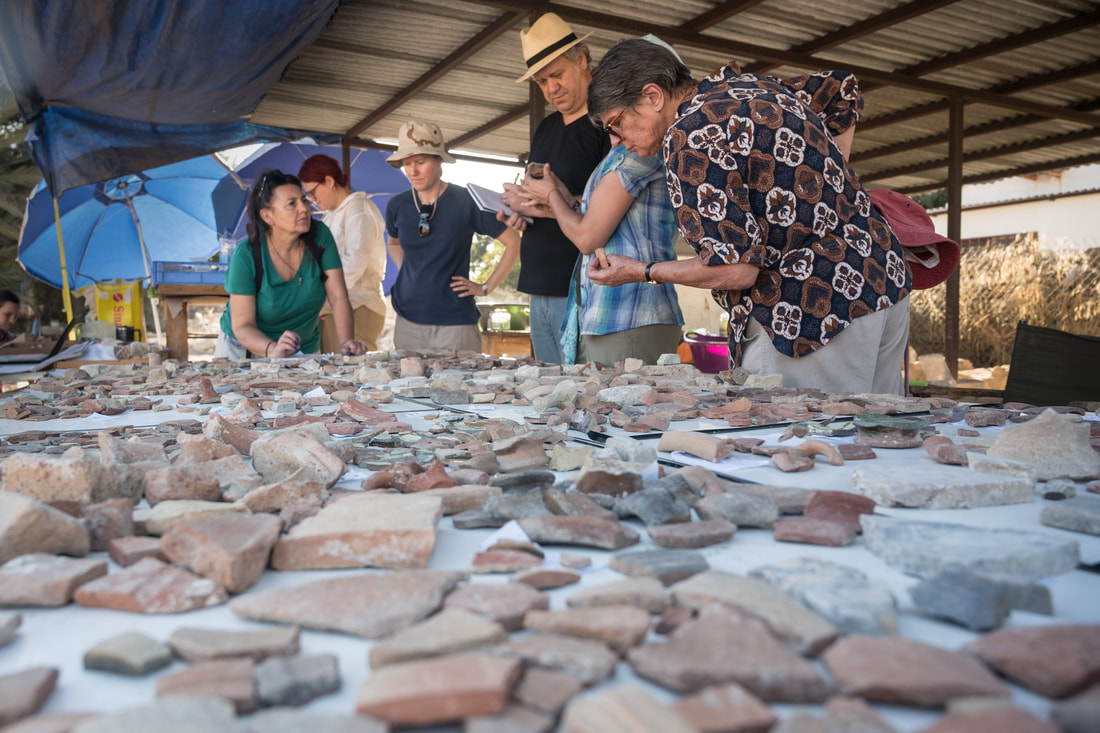
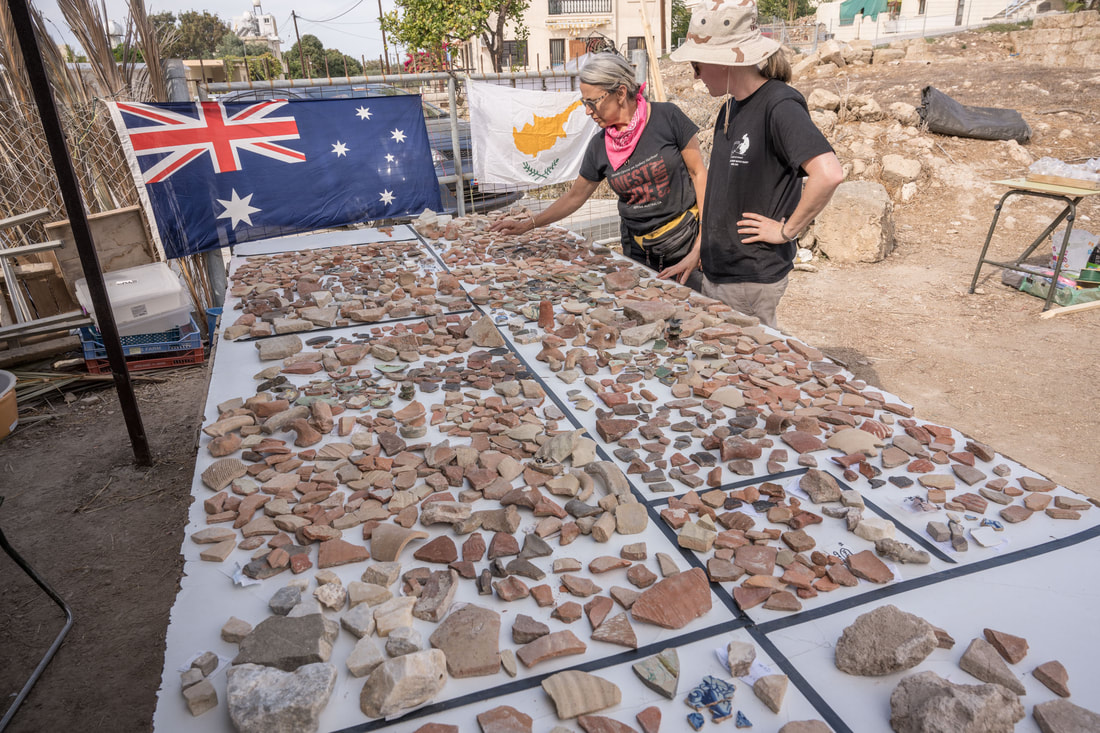
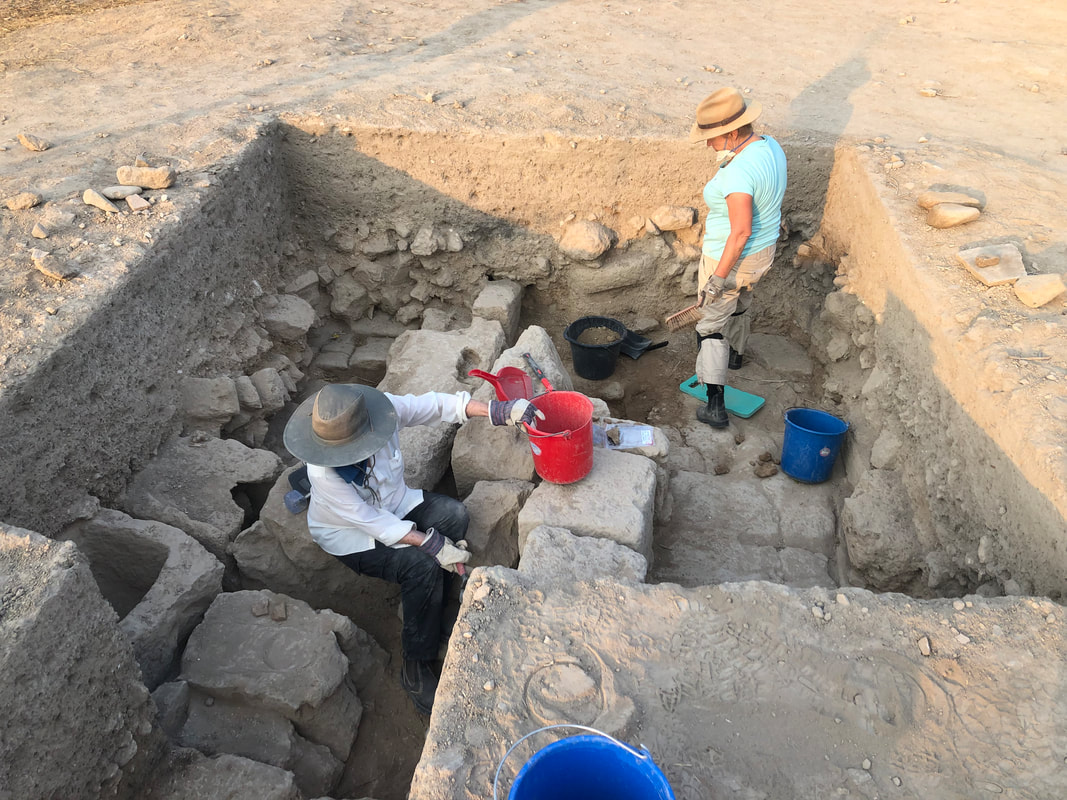
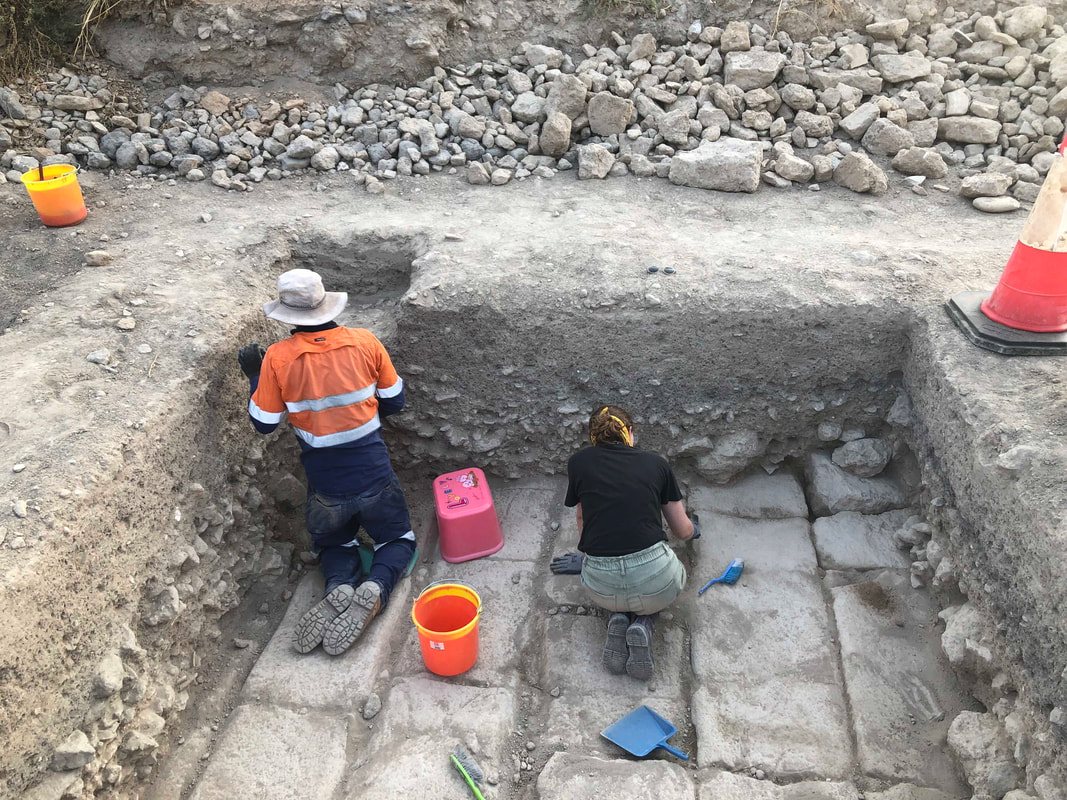
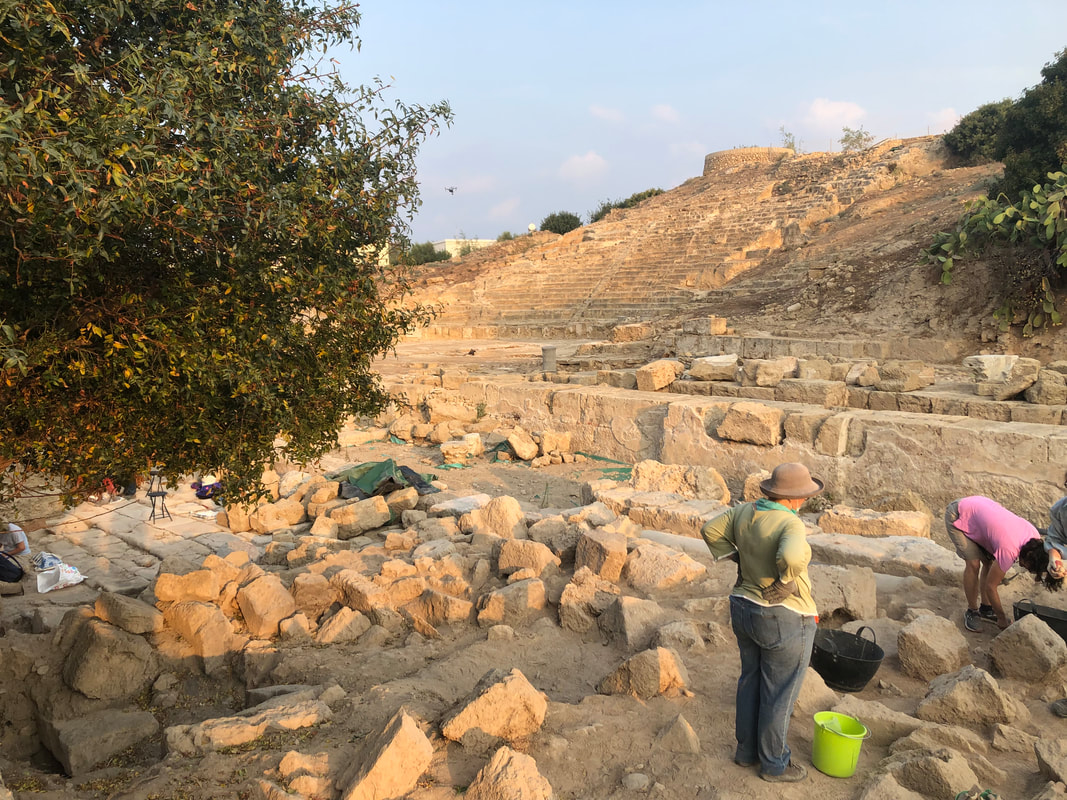
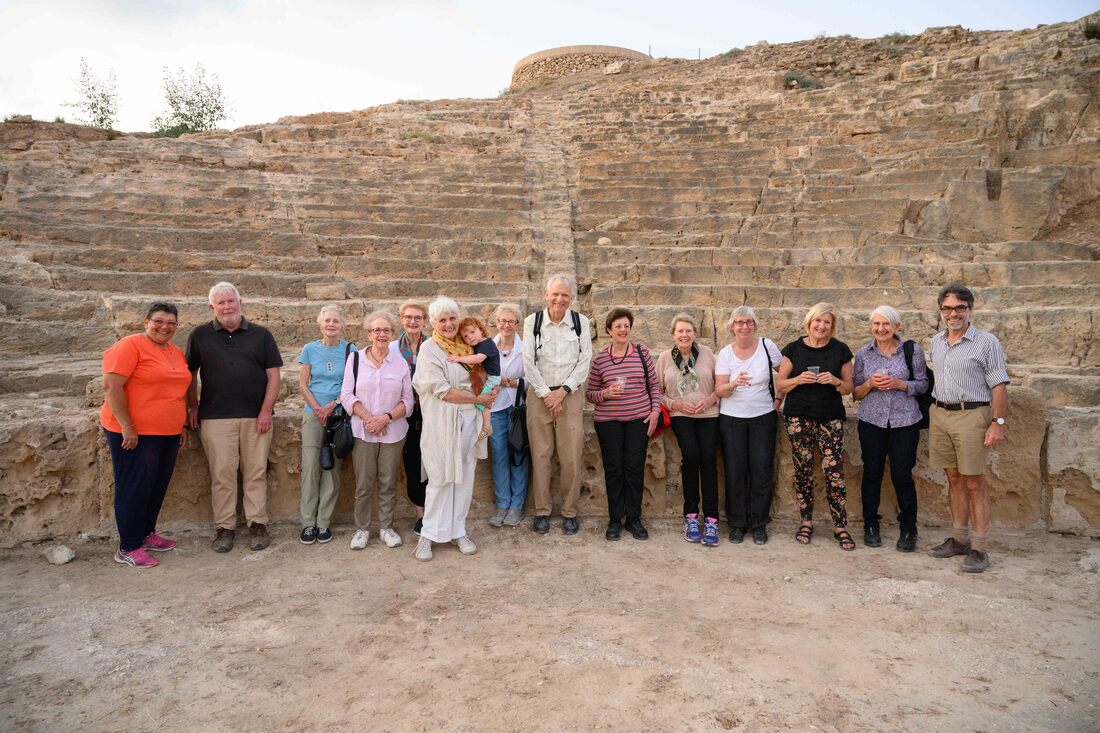
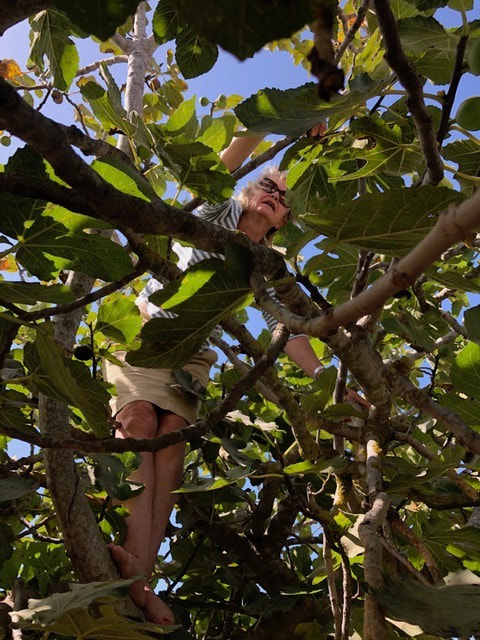
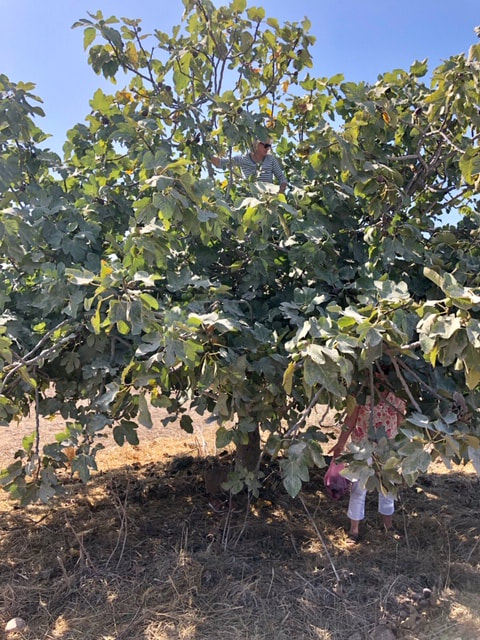
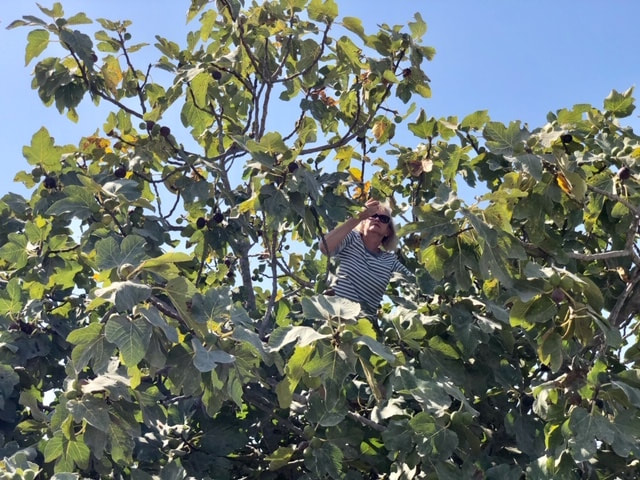
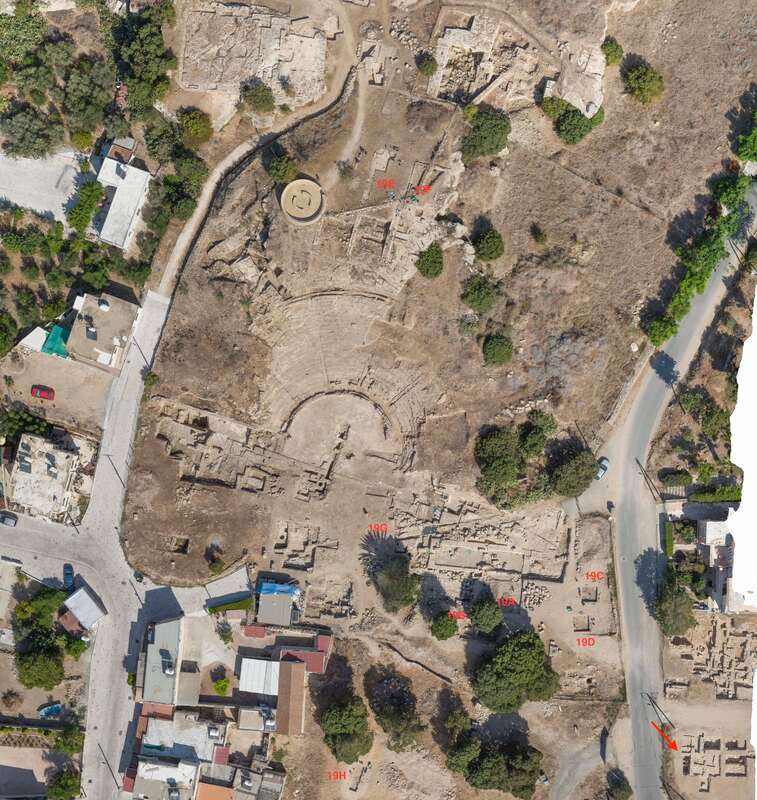
 RSS Feed
RSS Feed